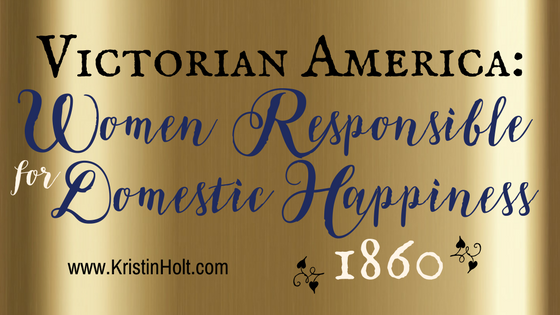
International Kissing Day!
On International Kissing Day (today! July 6, 2018), what better subject than KISSING, and why kissing belongs in romances–both on the silver screen and in books.

On International Kissing Day (today! July 6, 2018), what better subject than KISSING, and why kissing belongs in romances–both on the silver screen and in books.

It’s Valentine’s Day! Millennials (and old folks like me) understand society’s expectations of how committed couples acknowledge Valentine’s, and how expression of love is done (or we believe should be done). But what about our Victorian ancestors?
How did Victorian Americans say “I love you”? …Or, did they?
Did advice of the era shed light on such matters?

Though we’re at the close of August, we still have time to acknowledge the standing observation of Romance Awareness Month. What is romance? I’ll suggest my Top 15 ways to observe this month–extra applicable to readers who love romantic fiction!

Victorian-era expectations regarding women’s province (the home), placed responsibility for happiness, economy (and perceived respectability), and her husband’s “comfort” at home, wholly within her reach–and the consequences (good and bad) entirely on her shoulders. This vintage newspaper article, “Truths for Wives”, is a classical example of pervasive attitudes in the nineteenth century. While starkly dissimilar to today’s societal expectations, this short article from 1860 sheds much light on Victorian expectations–including winning and keeping a husband’s love.

Vintage newspaper articles from 1827 and 1876 illustrate the Victorian-era attitude regarding a woman’s work within the home. Far more than meal preparation and child-rearing, these brief statements memorialize the era’s viewpoint of differences between men and women, and the wife’s cherished role as confidante, partner in sorrows and joys, whose feminine endowment brings “exquisite tact which rounds the sharp corners, and softens the asperities of different characters, enabling people differing most widely to live together in peace…”